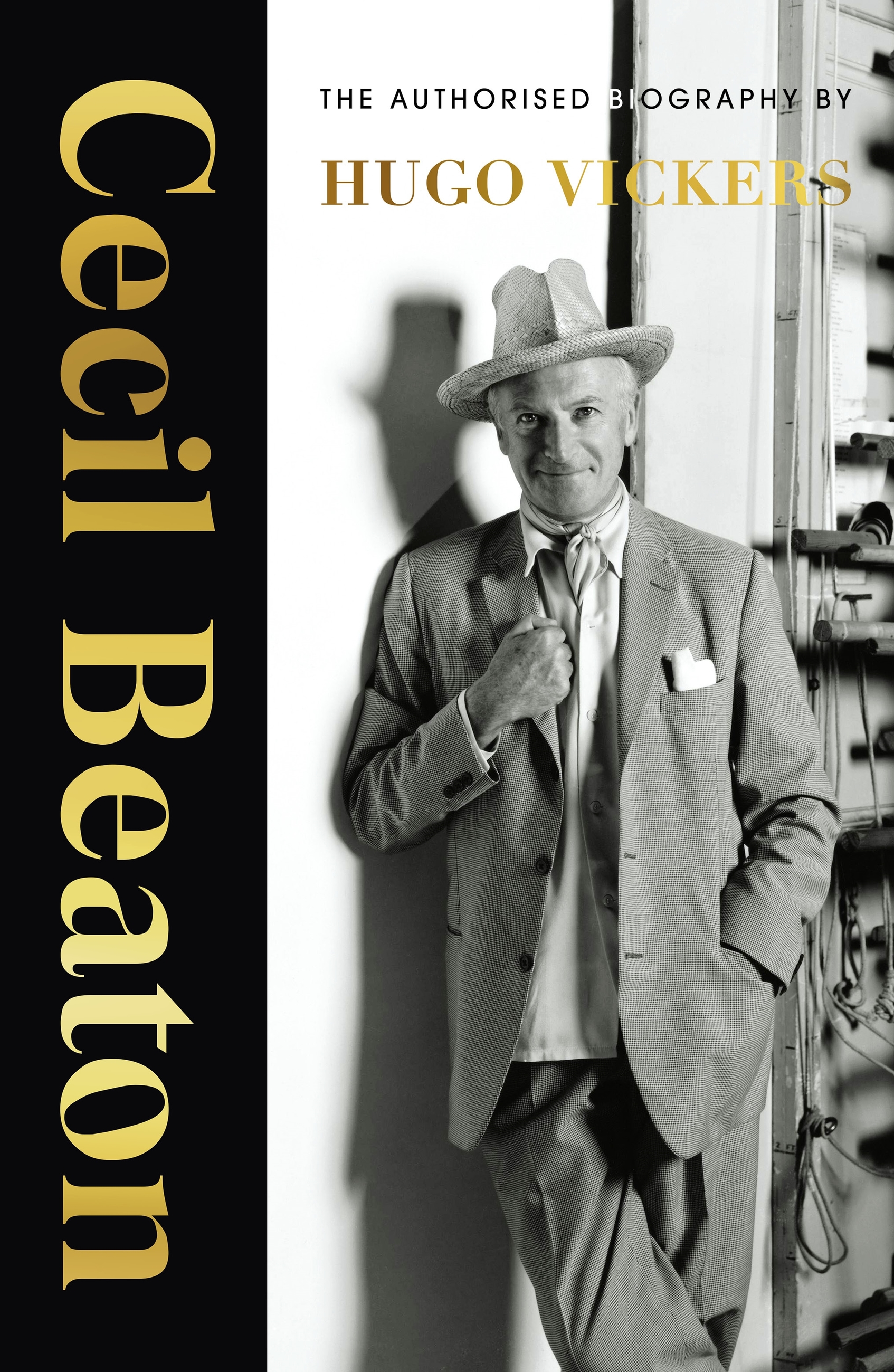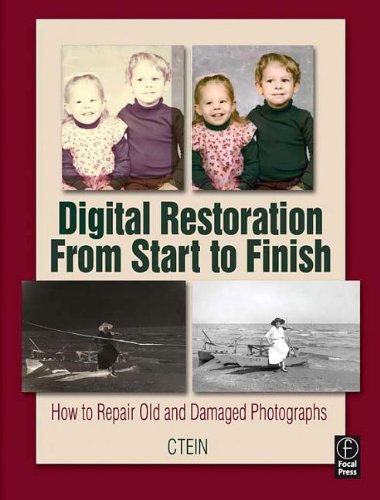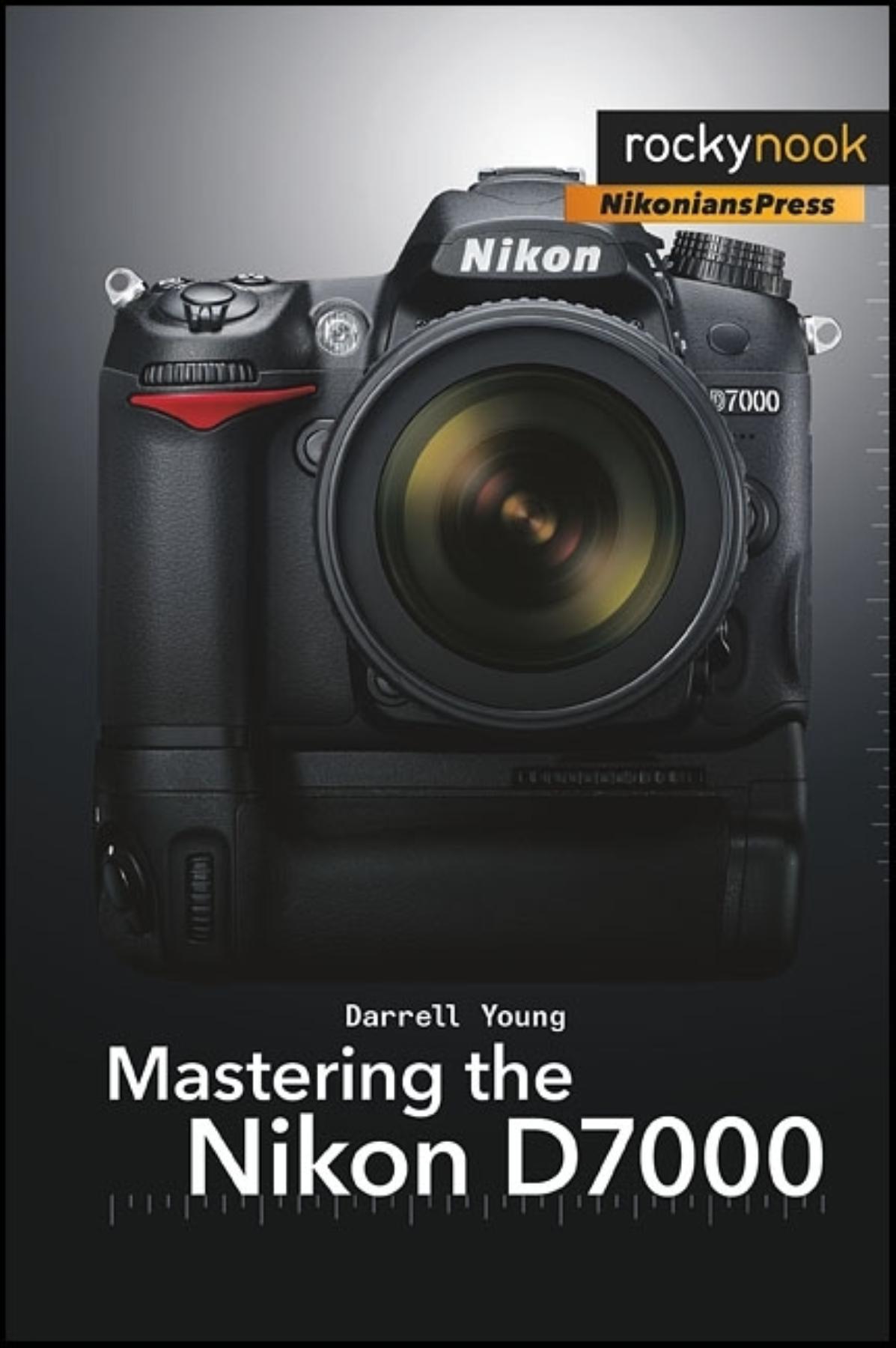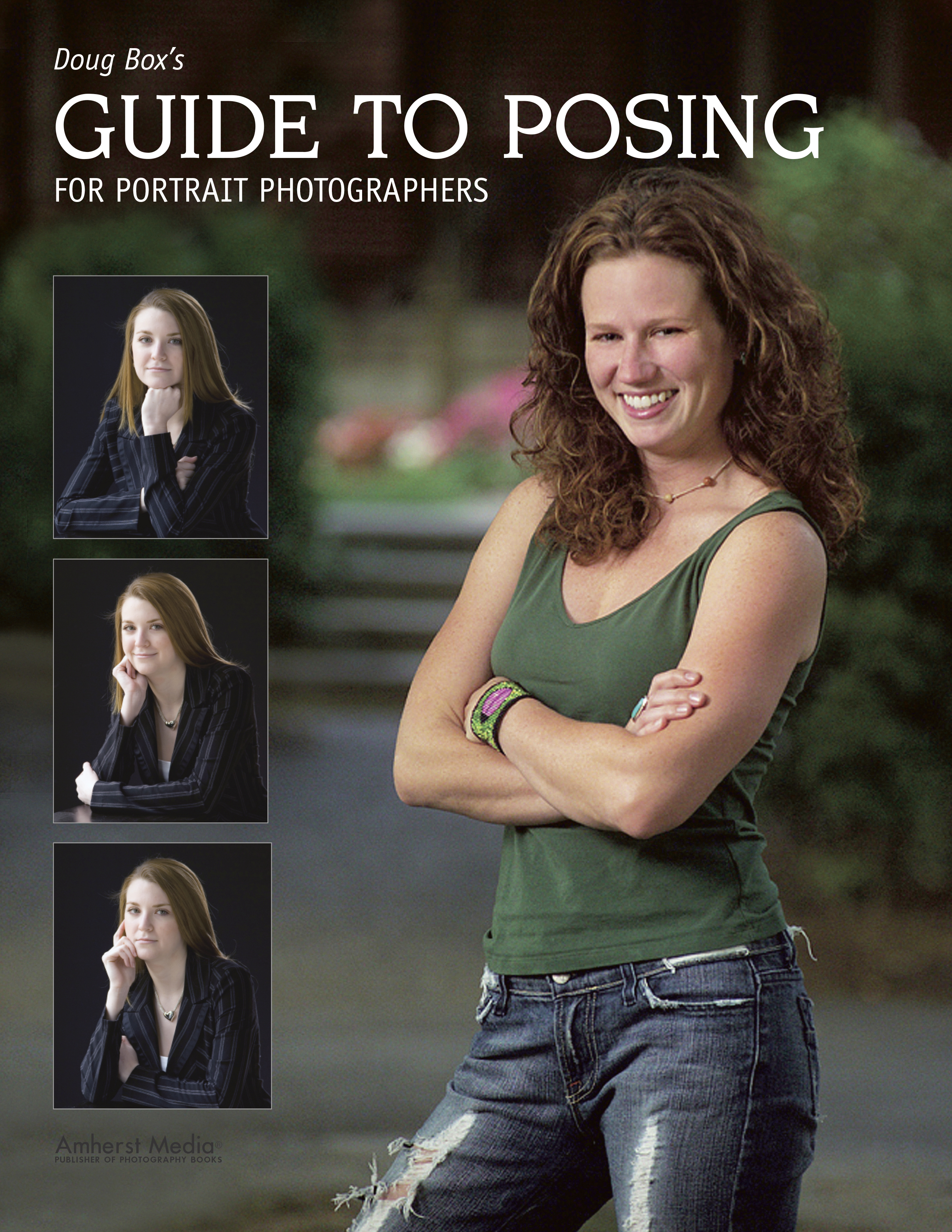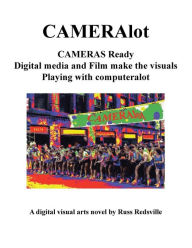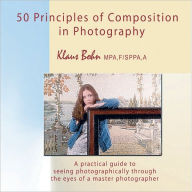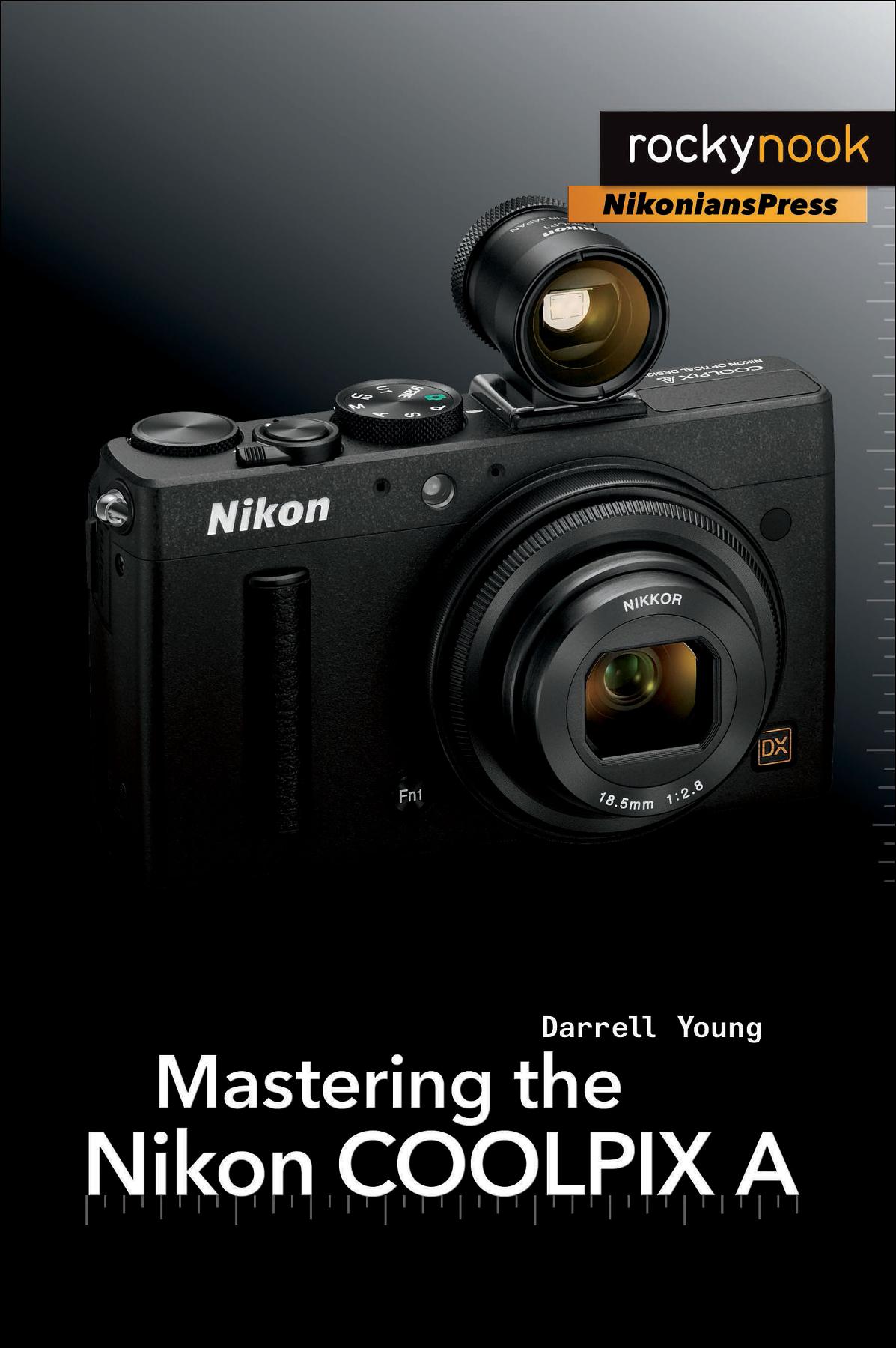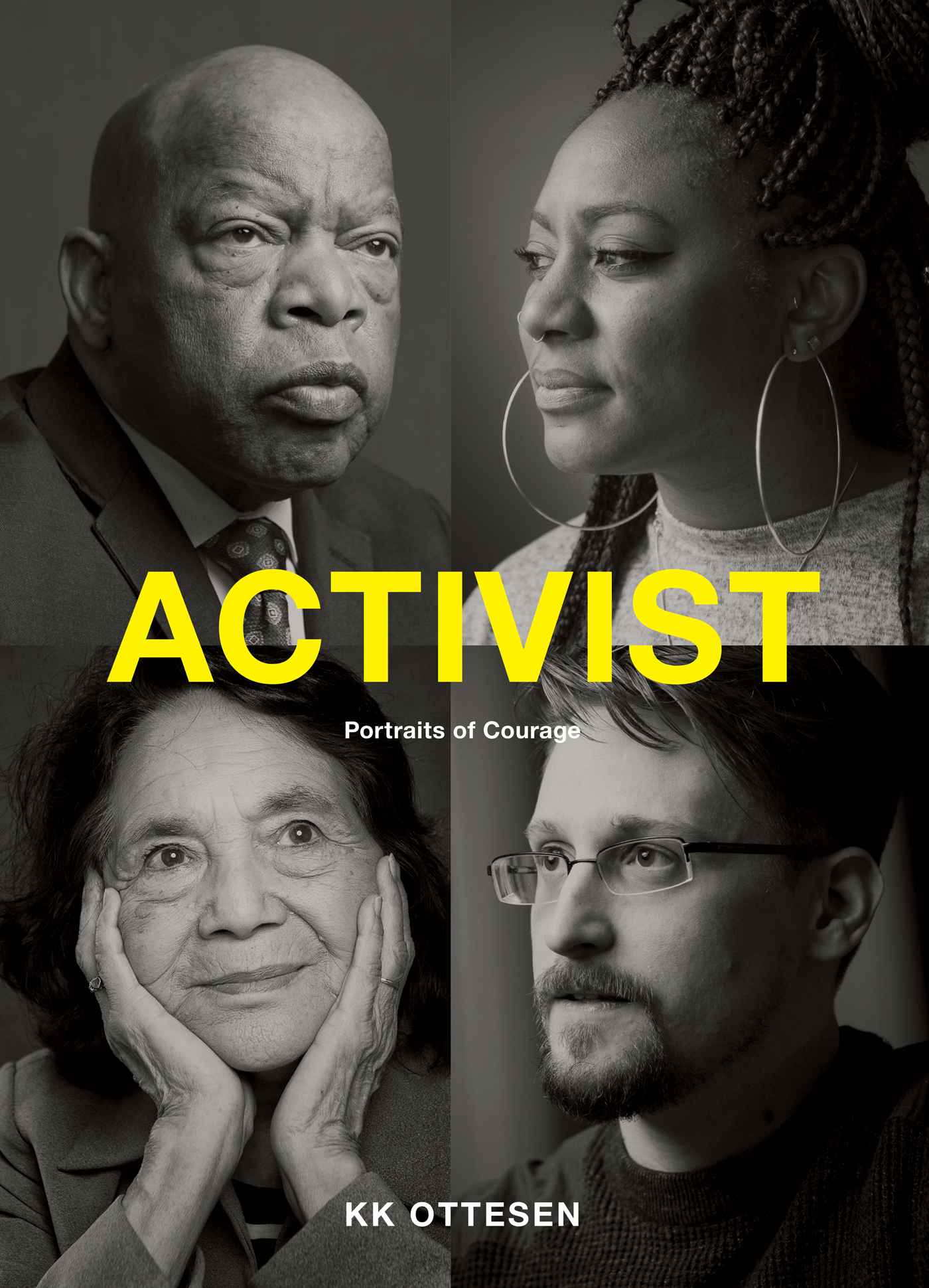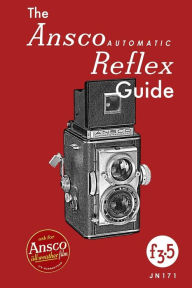Cecil Beaton
by Cecil Beaton
2020-07-02 18:25:07
At the beginning of the Second World War the Ministry of Information, through the advice of Kenneth Clark, commissioned Cecil Beaton to photograph the Home Front. Beaton set to work recording the destruction of the Wren churches in the City and the h...
Read more
At the beginning of the Second World War the Ministry of Information, through the advice of Kenneth Clark, commissioned Cecil Beaton to photograph the Home Front. Beaton set to work recording the destruction of the Wren churches in the City and the heroism of Londoners under attack. He conducted a survey of Bomber and Fighter Commands for the RAF, which was published with Beaton's own astute commentary. Beaton was an effective propagandist, but his voice, like his photographs, was touchingly elegant. Whatever his subject, Beaton was always a stylist. Beaton's wartime work for the Ministry amounted to seven thousand photographs, which are now housed with their negatives at the Imperial War Museums. They form a great document both of the landscape of war and of the passing of the Empire. He travelled through the Western Desert and on to Iraq, Palestine, Transjordan and Syria. In 1943 he left for India where he photographed the final days of the Raj in New Delhi and Calcutta before joining the Burma campaign. He ended the war deep in Chinese territory where he witnessed the Nationalist resistance to the Japanese. Beaton's inherent sense of theatre extended from palatial drawing rooms to the jungle and the desert. Whatever the circumstances he never departed from his radical aesthetic. Theatre of War is published in conjunction with the Imperial War Museums on the occasion of a major exhibition.
Less


